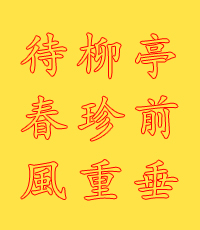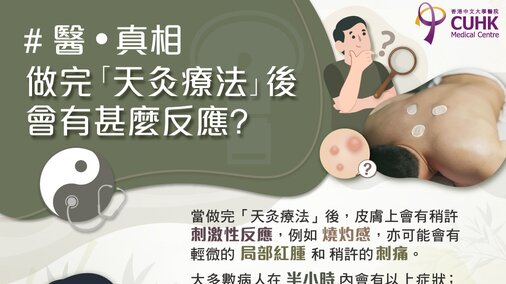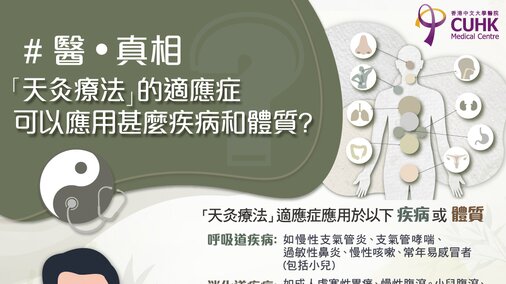Chinese Medicine
Traditional folk customs and “ San-Jiu Moxibustion“Therapy
Chinese MedicineTianjiu
Traditional folk customs and "San-Jiu Moxibustion" Therapy
In recent years, many people have heard that Chinese Medicine has "San-Jiu moxibustion" therapy in winter. So what is "San-Jiu Moxibustion"? Why is it called "San-Jiu"? It turns out that "San-Jiu Moxibustion" therapy is closely related to traditional Chinese folk customs.
The custom of "Counting Nine" after Winter Solstice
In ancient tradition, there is a custom of "counting nine" after the winter solstice. The ancients used this custom to look forward the passing of the harsh winter and welcoming the warm spring. On winter solstice, the Yang Qi is in its most sealed state. From then on, the Yang Qi turns from its most sealed state to flourishing. The Yang Qi gradually becomes stronger, and the climate become warmer and warmer day by day till spring come. The ancients called the winter solstice as "Yang Qi starts come back" day. "Counting Nine" starts from the first Ren(壬) day after the winter solstice. The first nine days is called "The First Nine", the second nine days is called "The Second Nine", and so on until "The Ninth Nine", a total of eighty-one days. At the time of the "Spring Equinox", the warm spring comes. From the name, it can be seen that the birth of "San-Jiu Moxibustion" is inseparable from the traditional Chinese custom of "counting nine".
Jiu-Jiu Xiao Han Tu 九九消寒圖 (cold relief picture)
Since it is still cold winter during the " Counting Nine" period, the characteristic folk custom of "Jiu-Jiu Xiao Han Tu" was born during the counting of nine, to express the expectation for spring. It is common to choose nine characters, each character has nine strokes, a total of eighty-one strokes, such as: "亭前垂柳珍重待春風(The willow in front of the pavilion cherishes the spring breeze)." Starting from the winter solstice, people draw a red stroke in the order of the strokes every day, and fill in a character every nine days, until spring returns after eighty-one days. The colour of the filled strokes depends on the weather of the day, such as red on a sunny day, blue on a cloudy day, green on a rainy day, and white on a snowy day, finally all strokes forming a colourful picture. In addition, there are many poems related to "Jiu-Jiu Xiao Han Tu", which shows the romantic lifestyle of Chinese people's life.

“San-Jiu moxibustion” Therapy
From the "The First Nine" to the "The Third Nine" period, although the Yang Qi begins to grow and gradually becomes stronger, the power of the Yang Qi is still weak and the weather is still very cold. Therefore, we must protect the Yang Qi in the body at this time, and not allow the Yang Qi to be damaged by the invasion of cold weather. We also hope that the Yang Qi of the human body can take advantage of the opportunity to grow stronger and better. Therefore, the “San-Jiu Moxibustion” therapy came into being.
“San-Jiu Moxibustion” therapy uses traditional Chinese herbs with warm properties, such as aconite, dried ginger, asarum, etc. The herbs are crushed to become powder form and mixed with ginger juice, and applied to the acupoints on the body. Through the meridians and acupoints, the herb’s effect is allowed to penetrate into the body. It warms the body and eliminates cold evil in the body, treats diseases caused by cold evil. In addition, with the help of herbs, the human body can strengthen its own Yang Qi , tonify the human body's Yang Qi, thereby reducing the onset of cold diseases and strengthening the body.
“San-Jiu Moxibustion” therapy is generally suitable for people with a cold constitution, but not for people with a hot constitution. Therefore, before participating in the “San-Jiu Moxibustion” therapy treatment, it is recommended to consult the Chinese Medicine Practitioner to understand whether you are suitable to participate. Due to differences in human body constitution, the herbs may cause local blisters and peeling in some people. These symptoms usually recover on their own in short time. Chinese Medicine Practitioners will also adjust the dosage, application time and acupoints based on the response of the patients.
(Author: CMP LU Guoan)














